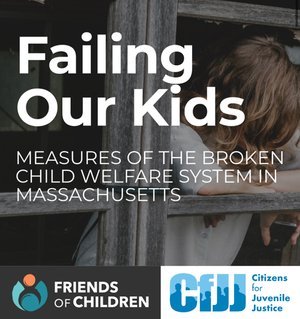Child Welfare
Across the country, children involved in the child welfare system are more likely to become juvenile justice-involved. National research shows that they're entering the juvenile justice system at a higher rate than children not involved, and that minority children are disproportionately represented in both the child welfare and juvenile justice systems.
“Multi-System” youth are children who are involved with both the child welfare and juvenile justice systems. They may also be referred to as “Dual Status” or “Crossover” youth. CfJJ uses the term “Multi-System Youth” in order to capture the fact that multiple systems have, or are currently, “touching” this population of young people – these systems include schools, mental health organizations, hospitals, courts, families, law enforcement, mentors, and so on. The most common crossover pathway occurs when a child involved in, or with a history of involvement in, the child welfare system and is subsequently arrested and processed in the juvenile delinquency system. However, there are several ways in which a youth can end up involved in both. In some cases, the delinquency occurs first, which prompts a referral to child welfare to open a new case or reopen a previously closed case.







